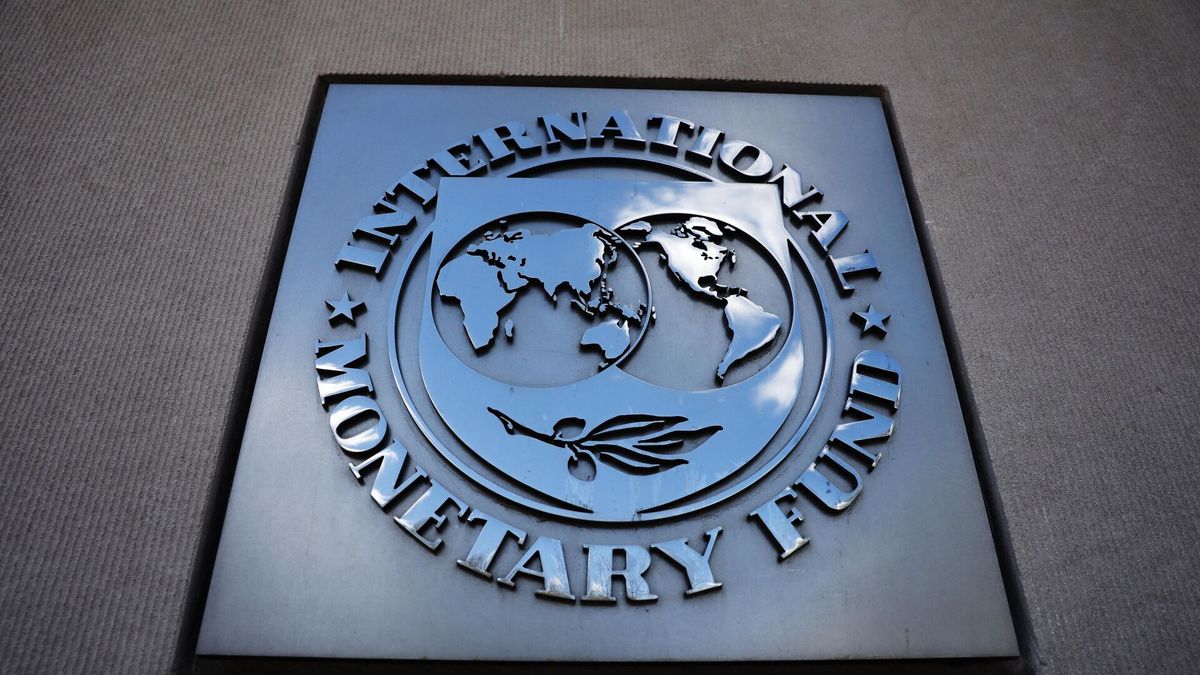match the analysis Sergio Choza, consultant director Sarandi: “In this review, the tax issue comes into effect, because the other two did not end up being operational. At the time the agreement was closed, it was known what the BCRA transfers had been and that they had been less than those required. Therefore, the operational goal for this review was the fiscal one, which resulted in an overcompliance of $20,000 million, which is equivalent to 0.1 of GDP. For this, the technical trick of calculating the transfer of income was used for the valuation of bonds between nominal value and market value, but it does not imply an anomaly, nor is it outside what is allowed with the IMF, for which there would be no problem. ”.
The fulfillment of the goals in this first review is a good sign for the Government, given that one of the objectives of the agreement was to anchor expectations. However, as soon as the program entered into force, the international context became more complex due to the war in Ukraine. Consequently, some Fund projections for Argentina were outdated, such as inflation for this year of 48%. So too is the issue of tariff subsidies, a problem that was aggravated by the international price shock. These points, which are not part of the required goals, will have a recalibration in this review.
Alfredo Schclarek Curutchet, CONICET researcher, warned that despite the fact that all the objectives will be met in this review, difficulties may appear in the coming months, mainly on the reserve accumulation goal, which will bring tensions over what growth rate the Government can afford. .
“The International Monetary Fund anticipated that it will not be flexible with the required goals. I think that the difficult part is going to be related to reserves, since, although the BCRA showed an increase in the pace of purchases last week, the behavior in April caused concern. This is due to the increase in imports given the dynamism of the economy, which will lead the government to question what growth rate it can afford to meet the reserve goal.
On the other hand, for hut The program will also become more complex over the months, but it warns of another goal, which will take effect at the end of the year, at which time it reduces the supply of dollars from agriculture. “The program becomes demanding as the quarters go by, especially for the last one, where the challenge lies. The question of the floating debt enters operationally, which will imply some type of recalibration of the priorities of how to arrange the spending policy in the last part of the year, since, as they are today, the numbers do not close due to the demands for assistance and the subsisted energy that always in the last part of the year become heavier”.
Subsidies are a key point, since their reduction will have such an impact on the fiscal deficit that, consecutively, it will be reflected in the government’s ability to refinance itself with debt in pesos and avoid resorting to monetary issuance. However, for Caprarulo, the reduction of the same that the government projected is difficult to fulfill.
“Now the hearings have begun and it remains to be seen how much and how the increases will be implemented. Based on what is known so far, it seems very difficult to achieve the 0.6% reduction of GDP in energy subsidies that the government set as its objective. But it is important that progress is made in starting to solve the problem anyway. The acceleration of subsidy spending forces the Treasury to modify its schedule and obtain higher-than-expected net financing in the first half of the year. In turn, the increase in inflation hinders the objective also established in the agreement with the IMF of reducing the percentage of the debt tied to the evolution of prices,” Caprarulo said.
Source: Ambito
David William is a talented author who has made a name for himself in the world of writing. He is a professional author who writes on a wide range of topics, from general interest to opinion news. David is currently working as a writer at 24 hours worlds where he brings his unique perspective and in-depth research to his articles, making them both informative and engaging.




